Fine Art for Interior Design
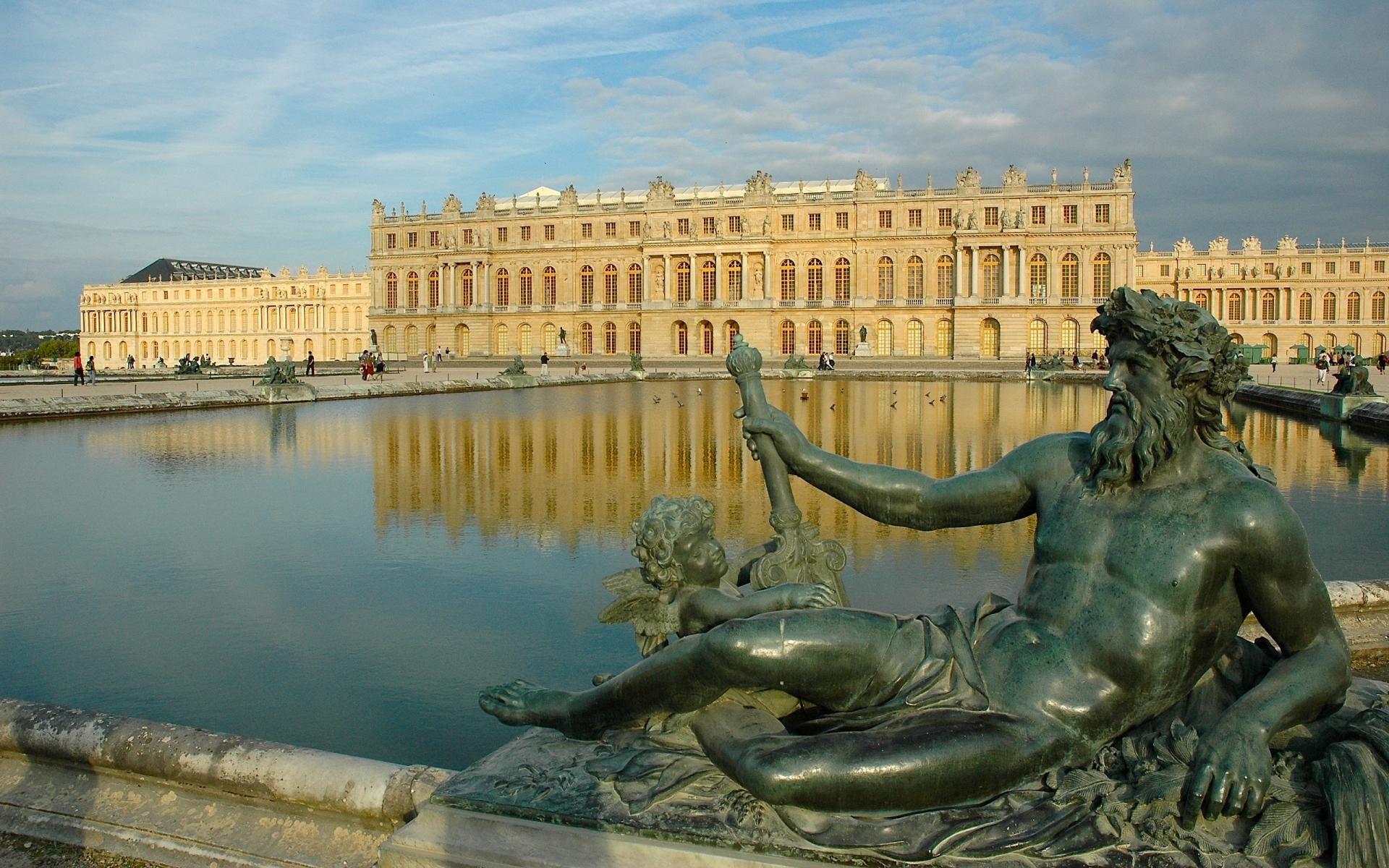
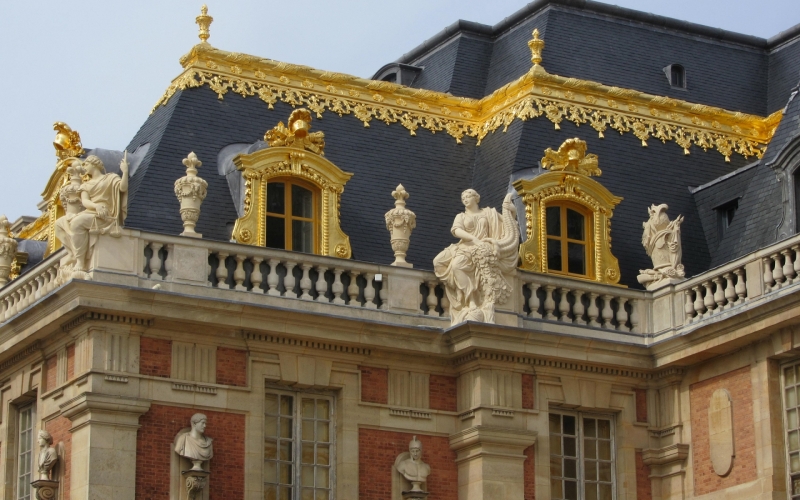
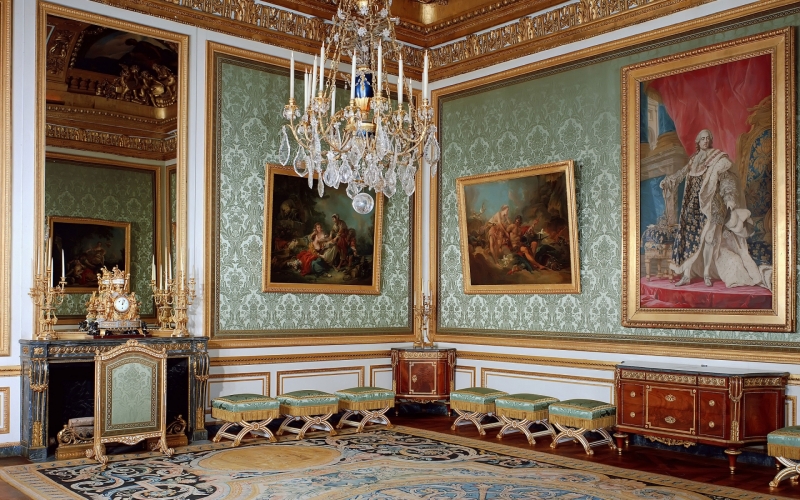



Originally built in 1623, the Chateau de Versailles was not much of a palace. The original building was started by Louis XIII and was used as a hunting lodge. The first phase of expansion, from a hunting lodge into a palace, was initiated by his son, Louis XIV. Architect Louis Le Vau designed and supervised the expansion project from 1661 until his death in 1670. The expansion project, which added three new wings that surrounded the original building, continued until 1678. Andre Le Notre designed and landscaped the extensive gardens. Notre also built a multitude of fountains with help from the interior decorator, Charles Le Brun. Versailles served as the home for the French king until the French Revolution in 1789.
Originally built in 1623, the Chateau de Versailles was not much of a palace. The original building was started by Louis XIII and was used as a hunting lodge. The first phase of expansion, from a... Read More

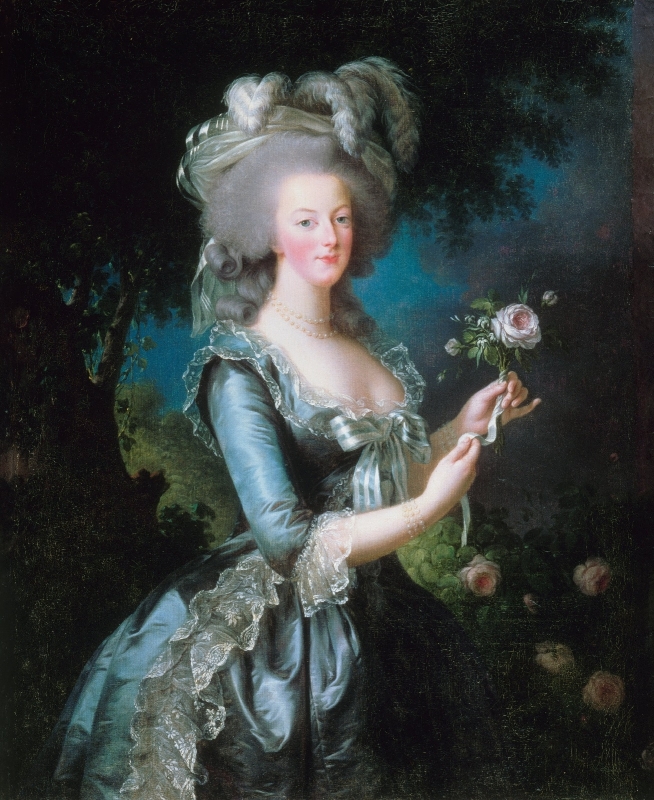
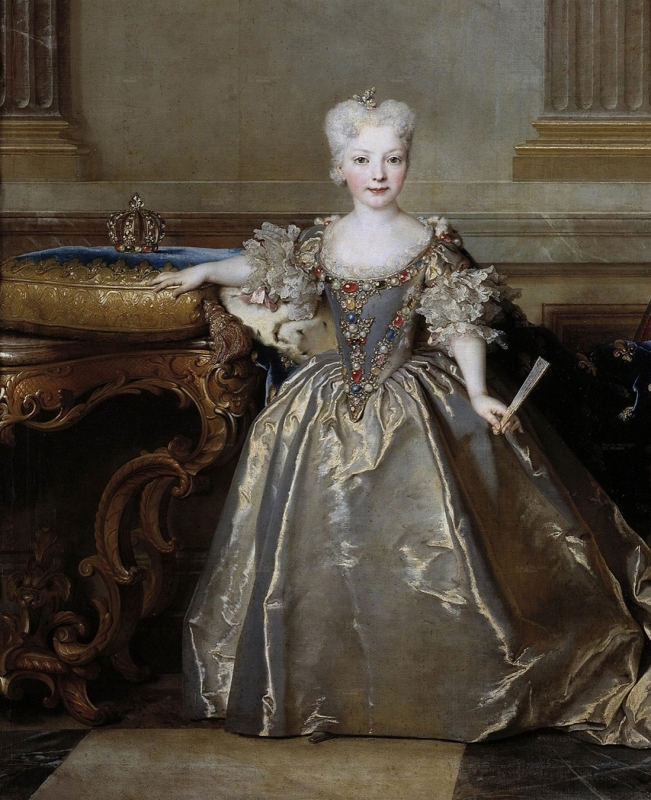
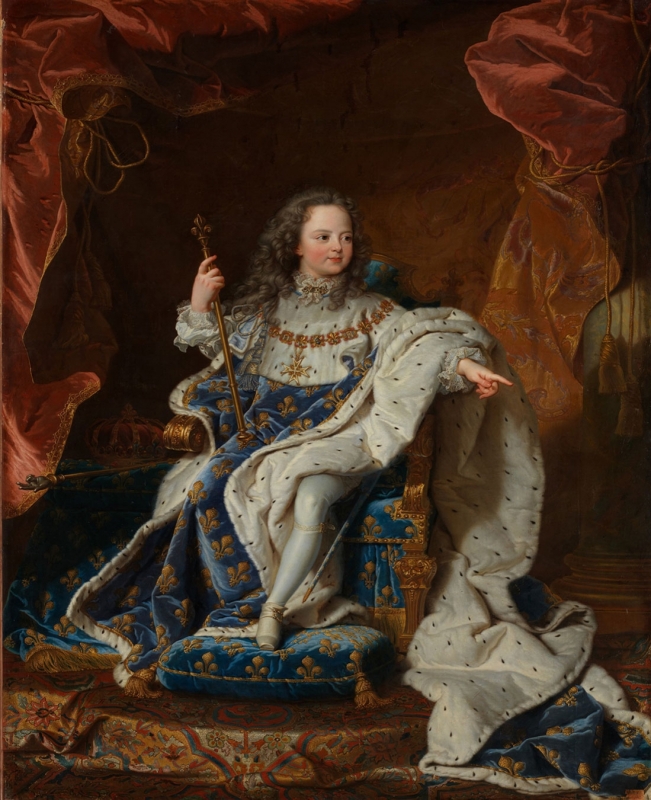
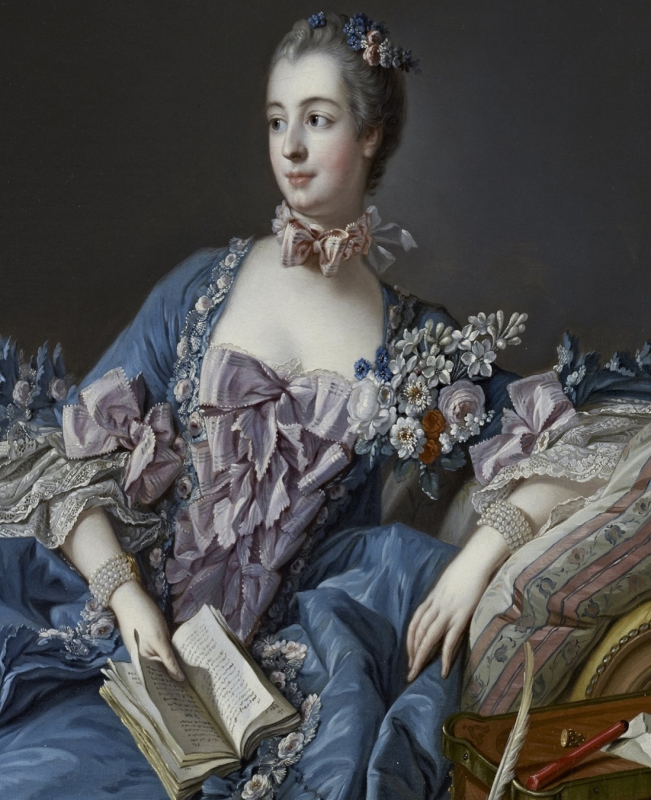

After the death of Louis XIV in 1715, France passed to five-year-old Louis XV. In 1721, at age 11, Louis XV was betrothed to 3-year-old Maria Anna Victoria, Princess of Spain. With concerns of producing an heir in a timely manner, Louis XV married 21-year-old Marie Leszczynska, Princess of Poland, at age 15. In 1745, Louis XV met Jeanne-Antoinette Poisson, the Marquise de Pompadour. The two began a scandalous affair. Mistresses were tolerated, as long as they were high-ranking women, but the Marquise was a commoner, and the affair was a scandal. Despite being considered an impropriety, the Marquise de Pompadour greatly influenced French culture, decorative arts, and architecture. The period of Louis XV is considered the pinnacle of French design.
After the death of Louis XIV in 1715, France passed to five-year-old Louis XV. In 1721, at age 11, Louis XV was betrothed to 3-year-old Maria Anna Victoria, Princess of Spain. With concerns of... Read More
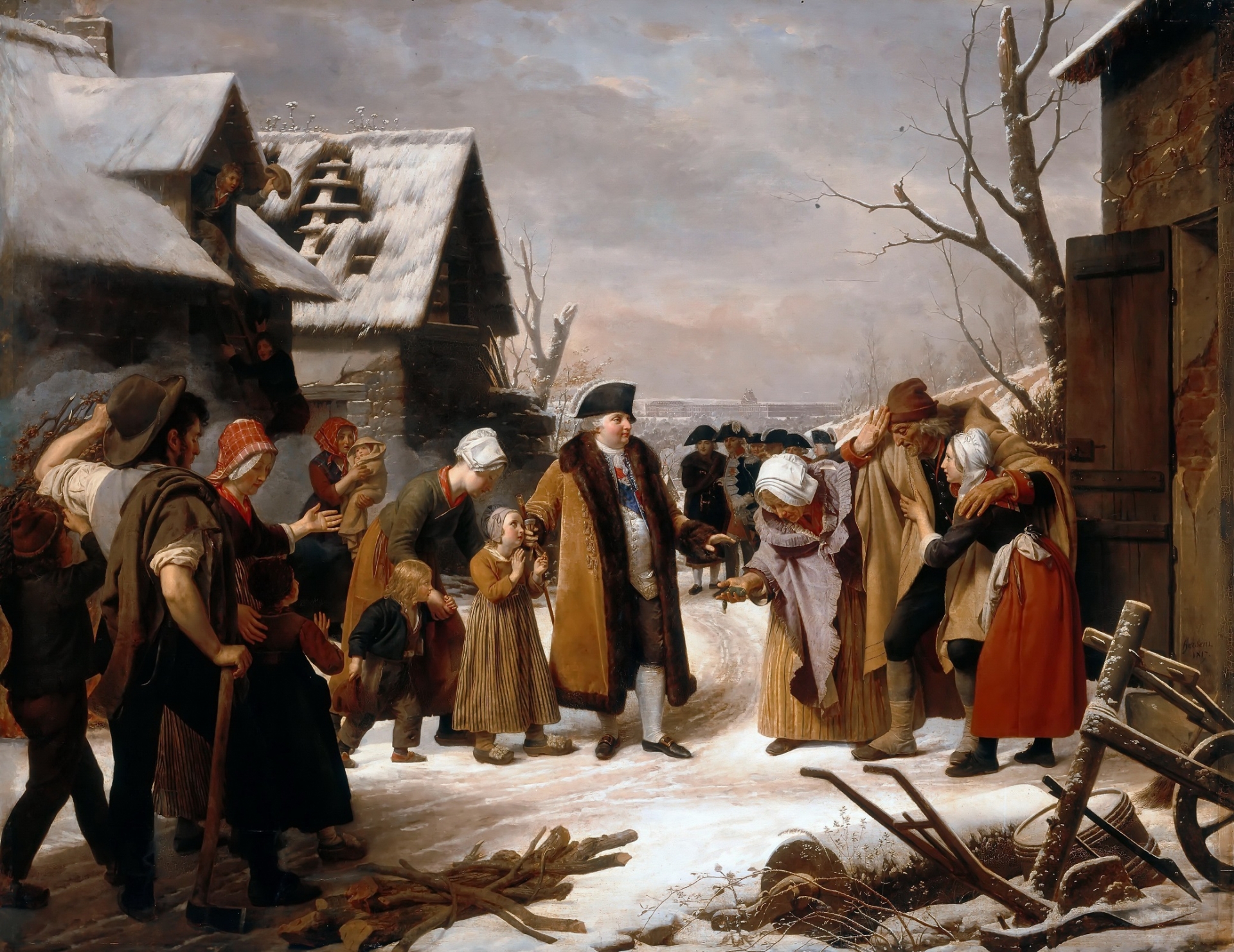
This painting depicts Louis XVI, who was king of France from 1774 to 1791. In this oil painting by Louis Hersent, Louis XVI is portrayed distributing alms to the poor. The painting is intended to show Louis XVI as the benevolent father of his people, but his ostentatious, extravagant outfit shows a stark contrast between the hungry majority and the vast riches of the royalty. This dichotomy would ultimately be the end of the reign of Louis XVI. After the end of the French Revolution, Louis XVI was guillotined on January 21, 1793, at the Place de la Révolution in Paris. Louis XVI was the final king of France.
This painting depicts Louis XVI, who was king of France from 1774 to 1791. In this oil painting by Louis Hersent, Louis XVI is portrayed distributing alms to the poor. The painting is intended to... Read More
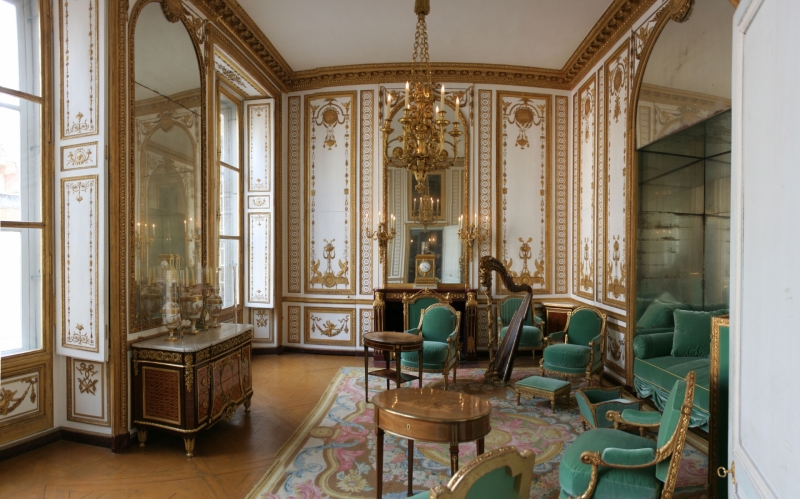
Before his ascension to the throne, 15-year-old Louis-Auguste was married to 14-year-old Maria Antonia, the archduchess of Austria, in 1770. After the death of Louis XV, Maria Antonia and Louis-Auguste became king and queen of France in 1774. Maria Antonia, better known by her French name, Marie Antoinette, and Louis XVI did not have a child until after eight years of marriage. Louis XVI was beheaded on January 21, 1793, for high treason and undermining the success of the first French Republic. Then, on October 16, 1793, Marie Antoinette was beheaded for sharing intelligence with the enemy, conspiracy against the external and internal security of the State, and depletion of the national treasury.
Before his ascension to the throne, 15-year-old Louis-Auguste was married to 14-year-old Maria Antonia, the archduchess of Austria, in 1770. After the death of Louis XV, Maria Antonia and... Read More

After the guillotining of Louis XVI, France continued its Revolutionary War, continuously engaging in battles with Britain and other world powers until 1815. From 1803 to 1815, France was led by Napoleon I, who wanted to conquer Europe and create an empire. Much of Napoleon's success during this time can be related to mass conscription to the army. Napoleon was eventually defeated in 1815 and abdicated his position. Throughout much of the history of France, the Bourbon dynasty lived at the Chateau de Versailles. This magnificent home was remodeled multiple times throughout its history but fell into disrepair after the French Revolution. Napoleon completed some repairs to the estate, but much remodeling was initiated by Louis-Philippe in 1833. It is now a museum and major tourist attraction.
After the guillotining of Louis XVI, France continued its Revolutionary War, continuously engaging in battles with Britain and other world powers until 1815. From 1803 to 1815, France was led by... Read More
Watch Video: Chateau de Versailles
Watch Video: Chateau de Versailles
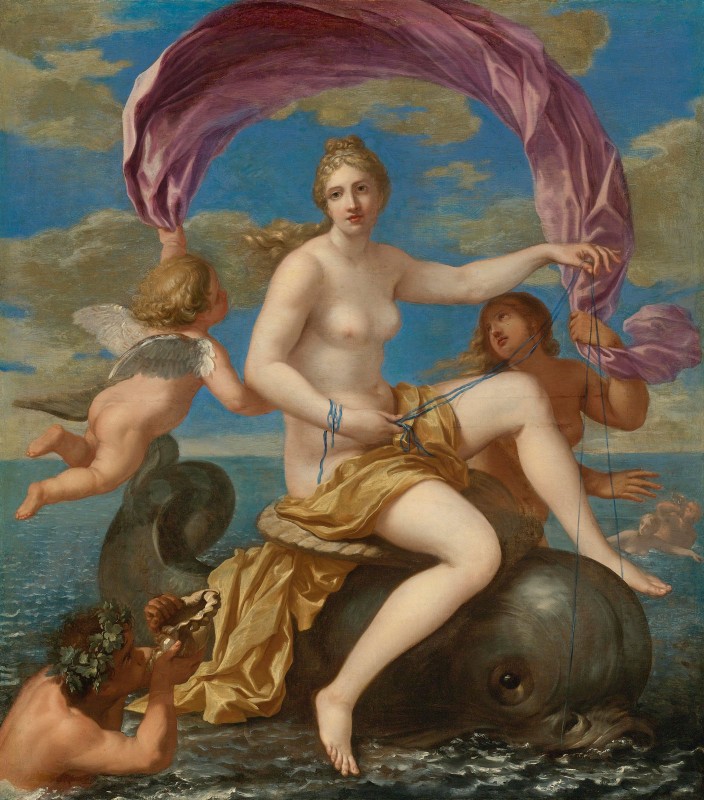
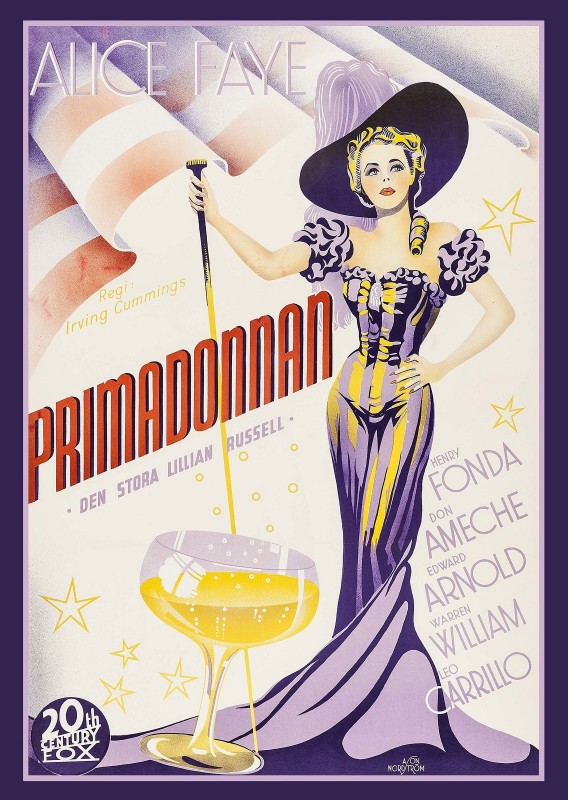
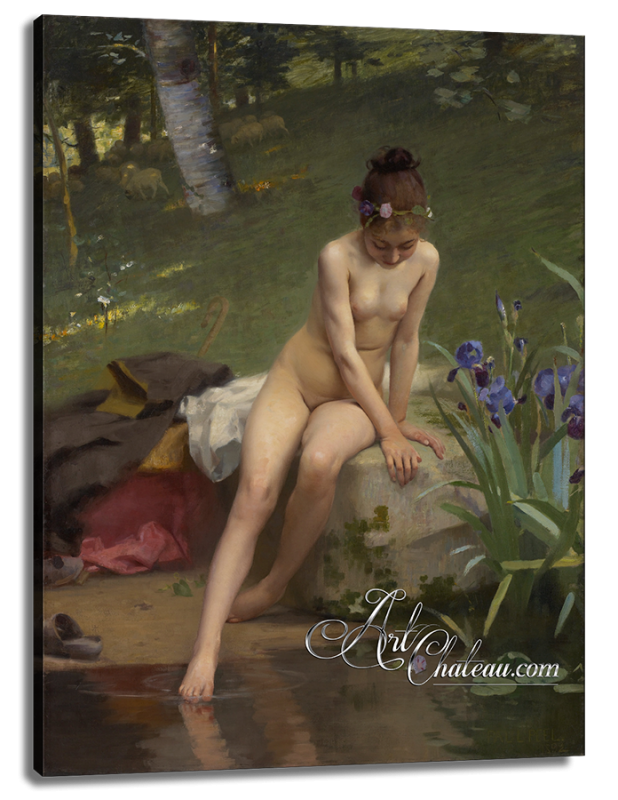
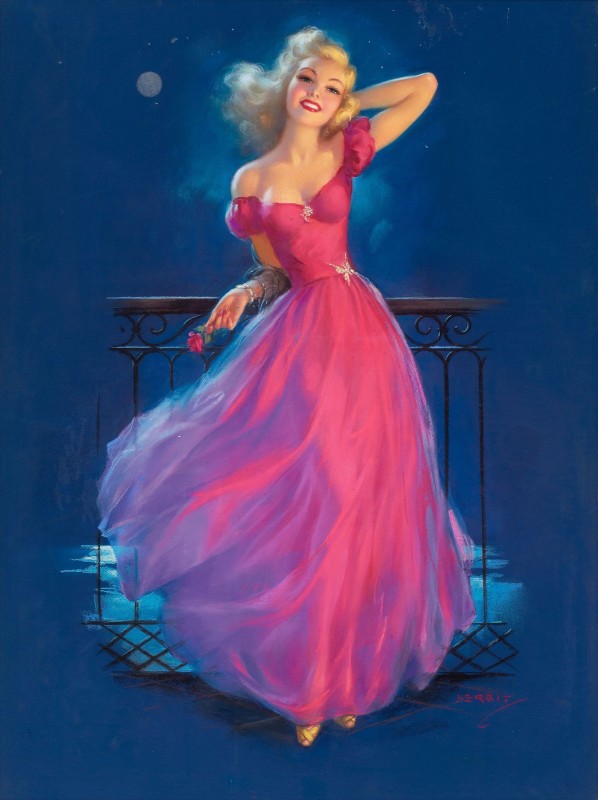
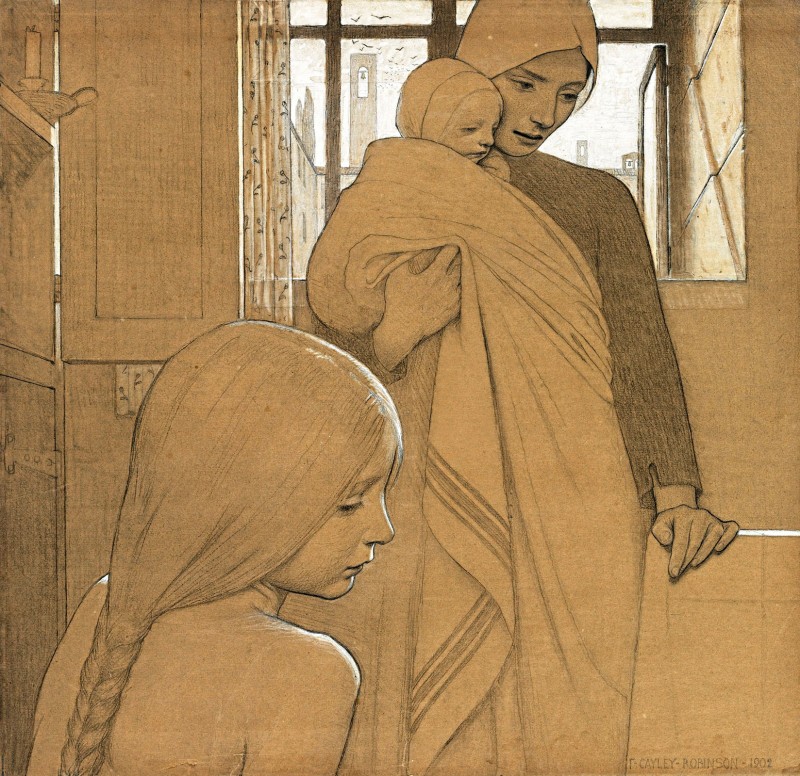
From its humble roots as a private winemaker, Rémy Martin has produced some of the region’s...
In the words of William Wordsworth, Lake Como is “A treasure, which the Earth keeps to itself.”...
Experience remarkable sophistication with the new 2022 Princess 30M Class, a powerfully and...
For centuries, the Bolshoi Ballet has been Russia's Crown Jewel of culture and heritage, an...
Chateau de Versailles, Sex, Lies and the GuillotineBy: Daniel Evon / Photographs Courtesy of Chateau de Versailles |

|
|
Originally built in 1623, the Chateau de Versailles was not much of a palace. The original building was started by Louis XIII and was used as a hunting lodge. The first phase of expansion, from a hunting lodge into a palace, was initiated by his son, Louis XIV. Architect Louis Le Vau designed and supervised the expansion project from 1661 until his death in 1670. The expansion project, which added three new wings that surrounded the original building, continued until 1678. Andre Le Notre designed and landscaped the extensive gardens. Notre also built a multitude of fountains with help from the interior decorator, Charles Le Brun. Versailles served as the home for the French king until the French Revolution in 1789. |

|
|
After the death of Louis XIV in 1715, France passed to five-year-old Louis XV. In 1721, at age 11, Louis XV was betrothed to 3-year-old Maria Anna Victoria, Princess of Spain. With concerns of producing an heir in a timely manner, Louis XV married 21-year-old Marie Leszczynska, Princess of Poland, at age 15. In 1745, Louis XV met Jeanne-Antoinette Poisson, the Marquise de Pompadour. The two began a scandalous affair. Mistresses were tolerated, as long as they were high-ranking women, but the Marquise was a commoner, and the affair was a scandal. Despite being considered an impropriety, the Marquise de Pompadour greatly influenced French culture, decorative arts, and architecture. The period of Louis XV is considered the pinnacle of French design. |

|
|
This painting depicts Louis XVI, who was king of France from 1774 to 1791. In this oil painting by Louis Hersent, Louis XVI is portrayed distributing alms to the poor. The painting is intended to show Louis XVI as the benevolent father of his people, but his ostentatious, extravagant outfit shows a stark contrast between the hungry majority and the vast riches of the royalty. This dichotomy would ultimately be the end of the reign of Louis XVI. After the end of the French Revolution, Louis XVI was guillotined on January 21, 1793, at the Place de la Révolution in Paris. Louis XVI was the final king of France. |

|
|
Before his ascension to the throne, 15-year-old Louis-Auguste was married to 14-year-old Maria Antonia, the archduchess of Austria, in 1770. After the death of Louis XV, Maria Antonia and Louis-Auguste became king and queen of France in 1774. Maria Antonia, better known by her French name, Marie Antoinette, and Louis XVI did not have a child until after eight years of marriage. Louis XVI was beheaded on January 21, 1793, for high treason and undermining the success of the first French Republic. Then, on October 16, 1793, Marie Antoinette was beheaded for sharing intelligence with the enemy, conspiracy against the external and internal security of the State, and depletion of the national treasury. |

|
|
After the guillotining of Louis XVI, France continued its Revolutionary War, continuously engaging in battles with Britain and other world powers until 1815. From 1803 to 1815, France was led by Napoleon I, who wanted to conquer Europe and create an empire. Much of Napoleon\'s success during this time can be related to mass conscription to the army. Napoleon was eventually defeated in 1815 and abdicated his position. Throughout much of the history of France, the Bourbon dynasty lived at the Chateau de Versailles. This magnificent home was remodeled multiple times throughout its history but fell into disrepair after the French Revolution. Napoleon completed some repairs to the estate, but much remodeling was initiated by Louis-Philippe in 1833. It is now a museum and major tourist attraction. |

|
|
Watch Video: Chateau de Versailles |